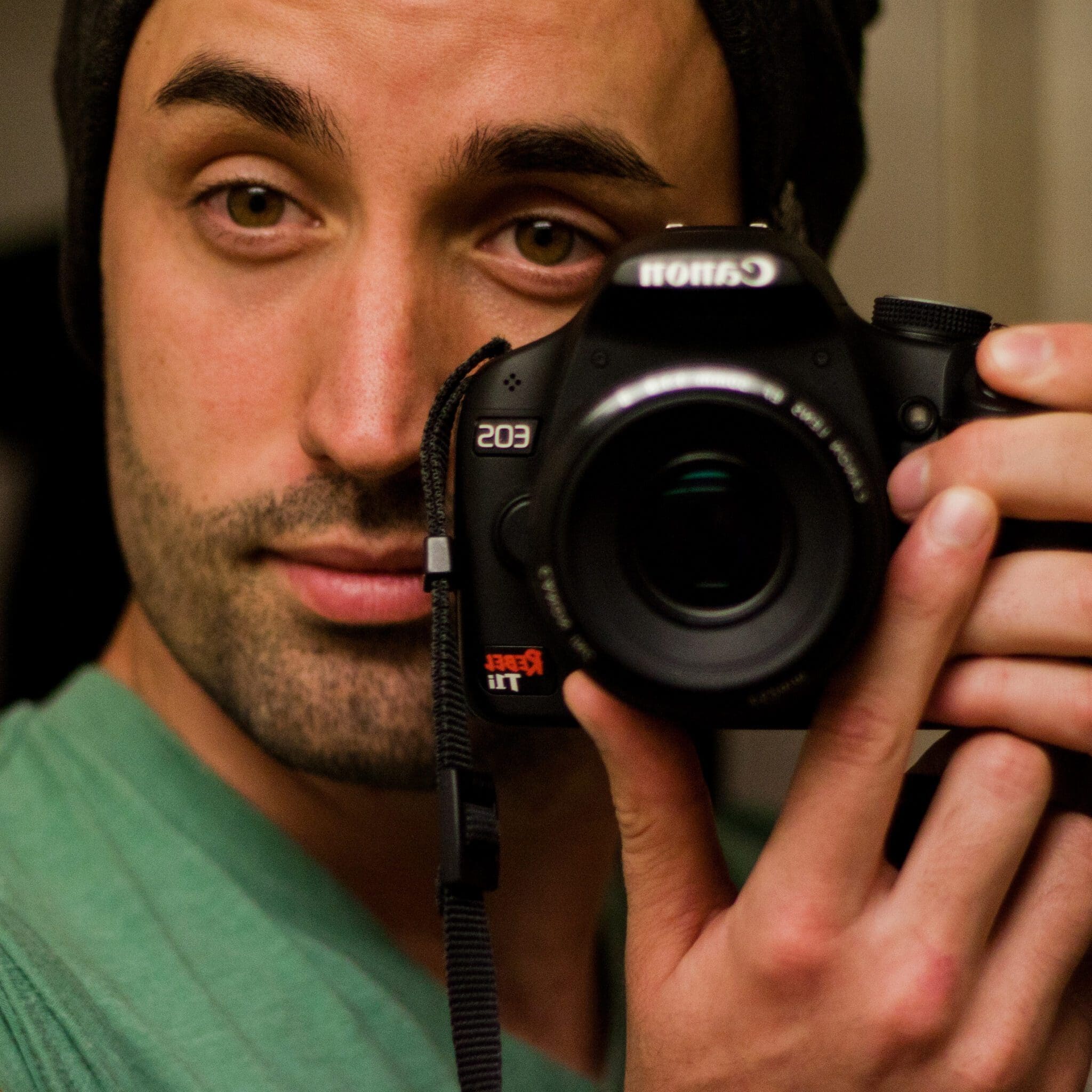He looks worn down. Something is weighing on him. A cold case he’s been assigned is 20 years old. And now here he is, in the middle of the Australian outback, an arid landscape of opal mines and an unsolved murder. The only thing keeping Detective Travis Hurley functioning is heroin and his job. And it’s not getting any better.
Simon Baker (unrecognizable with tattoos and a buzzcut) plays the aforementioned cop, embodying an individual dangling by a thread. Photographed in bleak, yet luminous, shades of black and white, Australian director Ivan Sen litters his wide sky, sun-scorched wasteland with a spattering of men, women, and children forgotten by society.
Arriving in Limbo (Coober Pedy in reality – a South Australian town where residents live underground), the film begins on Simon Baker’s Hurley and doesn’t let up. In his rickety vehicle, he rides around asking questions about an unsolved murder of an aboriginal girl, Charlotte Hayes, decades prior. His answers vary.

The victim’s brother Charlie (Rob Collins) observes him with a certain detached cautiousness. His sister Emma (Natasha Wanganeen) on the other hand is less self-destructive, but with untold secrets.
What’s best, or maybe worst about this set-up (depending on your affinity for crime genre) is the sense of captivating emptiness that unfolds during the film’s 104 minute runtime.
Limbo is more interested in investigating emotions rather than telling a story. In fact, it’s not really about a missing person, but about missing feelings. The emotionally charged images in the film show people enclosed by the expansive, impersonal outback. And yet, it’s not an attack on isolation. It’s fueled by it.
Like many of the best film noirs, its visual language tends to give truth a place to shelter from. In Limbo, the futile truth just sits there. Waiting in plain daylight.

